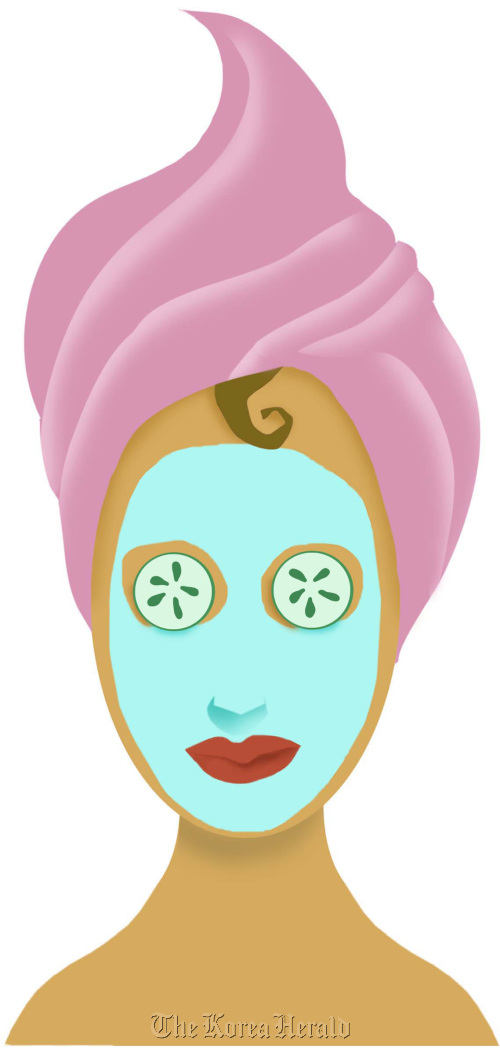Moisturizing the best solution; use of body lotion recommended
Now that we are entering into the severely cold winter, our skin needs to be taken extra care of.
The freezing temperature, coupled with the wind, dries up the skin and even causes some cracks on the face and other areas, deepening concerns.
Dr. Ahn Gun-young, director of the Goowoonsesang Dermatology, gives The Korea Herald readers several tips on how to keep their skin healthy and glowing throughout the winter.

1. Afraid of “snake skin?”
The texture of skin becomes rougher during winter, sometimes showing cracks and dead cells on the surface. People here call it “snake skin,” for its wrinkles and dryness.
Moisturizing is the primary solution to this skin issue. Use humidifiers to raise the moisture level to about 50 percent. Applying a good amount of lotion is also recommended.
Rinsing the skin with hot water could worsen the drying effect. Warm water is better. Don’t try to exfoliate because stimulus on the skin could worsen the symptoms.
If the skin troubles get worse, visit the nearest doctor for prescription drugs such as steroids or other ointments to soothe the symptoms.
2. Goose bumps all the time?
Pore keratosis causes little bumps all over the skin. It is often referred to as goose bumps. Pore keratosis is the result of the keratins accumulating in the pore due to hormonal changes. Those with dry skin or atopic eczema often have these symptoms.
Use mask packs to moisturize the skin sufficiently. Avoid wearing tight garments that could slow blood circulation. Wearing cotton clothes is advised. Always wear sunscreen to avoid ultraviolet rays affecting the skin.
3. Hot flush or blush?
The overwork of the automatic nerves usually causes flushing. Such people are typically sensitive to the change of temperature or stress.
In the initial stage, people recover from blushing soon, but when it takes a certain pattern, the blood vessel’s expansion and shrinking function goes down. In this case, blushing could last for a longer period of time.
Visiting a dermatologist could help. A few sessions of laser treatment to recover the elasticity of the vessel could be of a great help.
4. Atopic eczema
It is natural that atopic eczema gets worse around this time of the year because the low temperatures and extreme dryness are bad for the skin.
If your symptoms are not severe, applying specialized lotion or cream could improve the situation. If not, consult a doctor. Steroid ointments could bring immediate improvement but a long-term use could leave unwanted side effects.
Don’t overuse soap or other cleansers for exfoliation.
5. Moisturize
It is easy for skin to go dry in winter, though your skin does not in other seasons. If you see keratins on the skin, don’t try to exfoliate but try to moisturize the skin.
Maintain the indoor temperature around 18-20 degrees Celsius and try to ventilate more often. Using humidifiers could prevent the skin from being too dry.
After taking bath, apply body lotion before the moisture disappears.
By Bae Ji-sook (
baejisook@heraldcorp.com)








